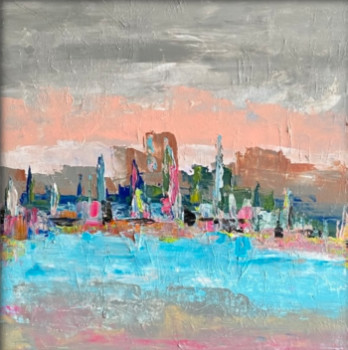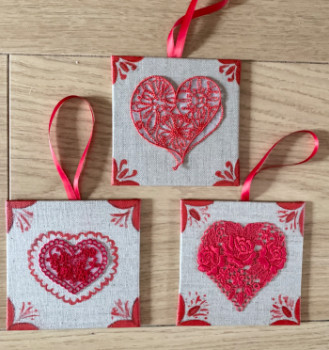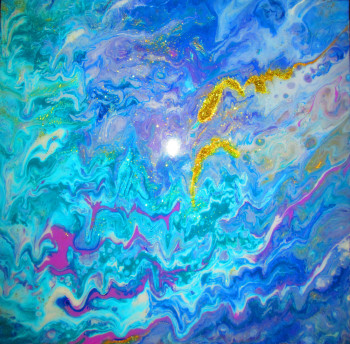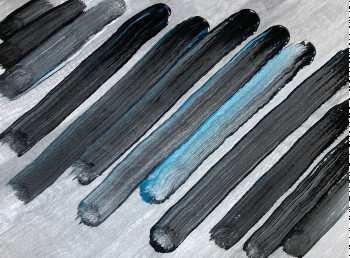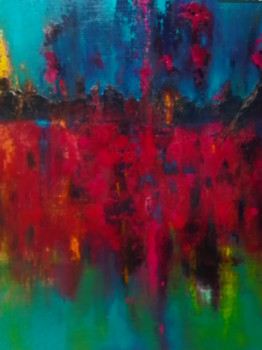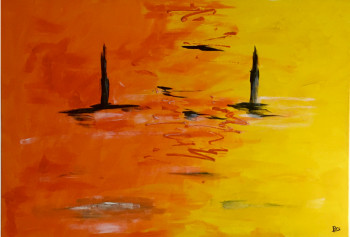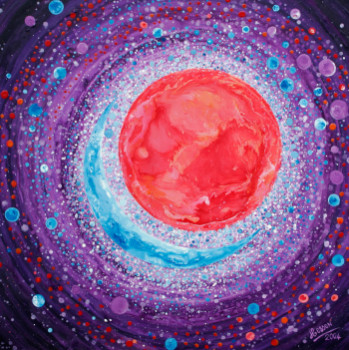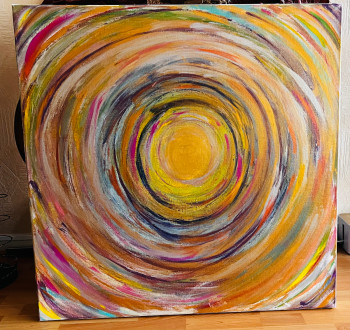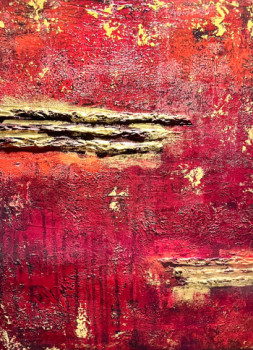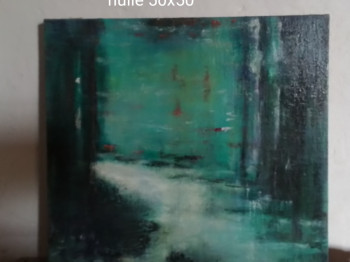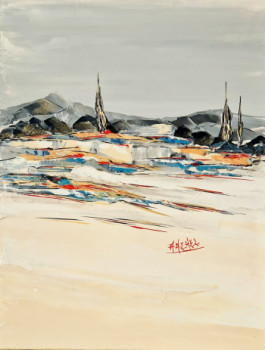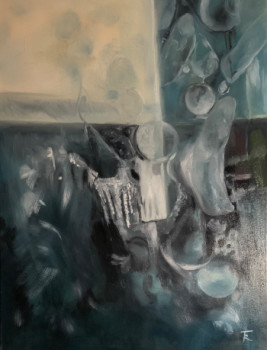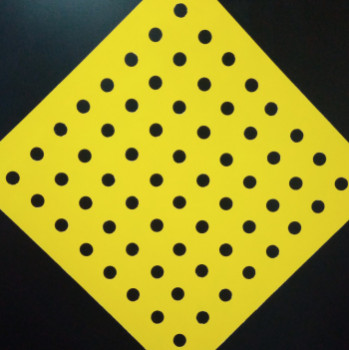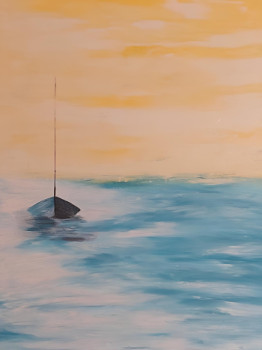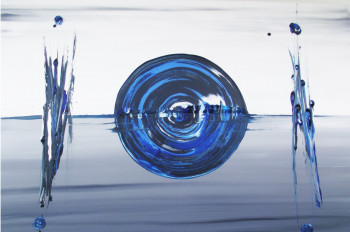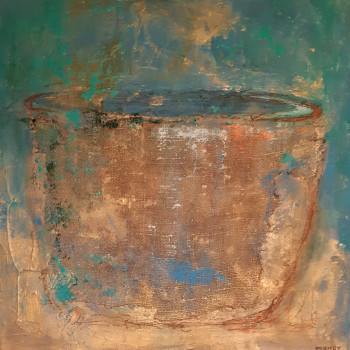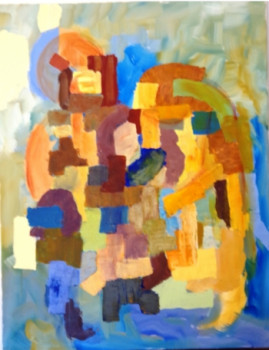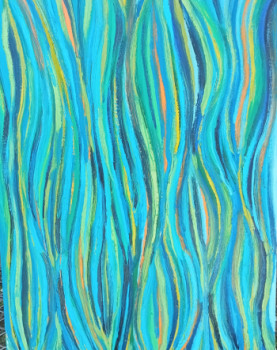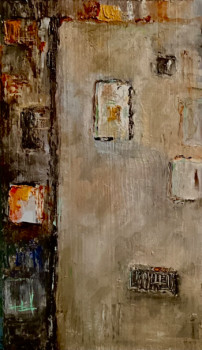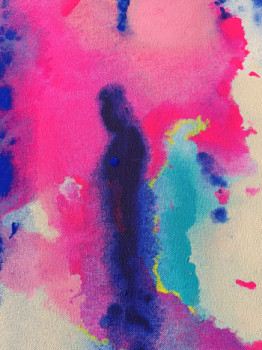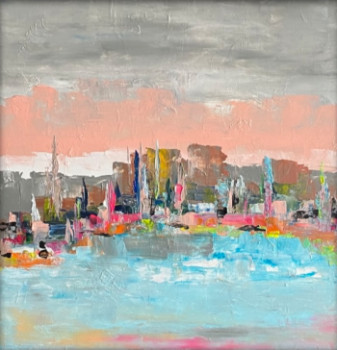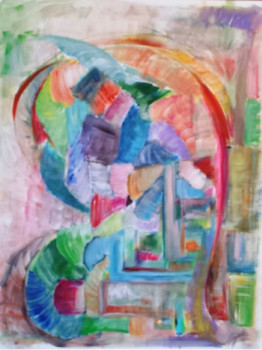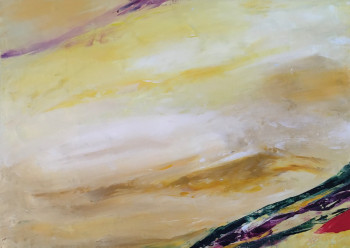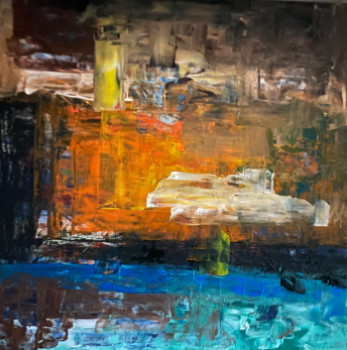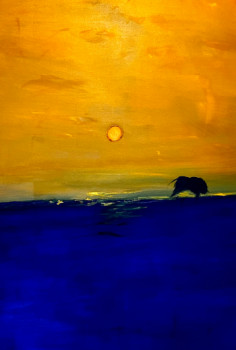
Presentation of Mark Rothko
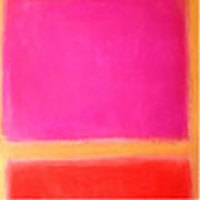
Mark Rothko is an American painter of Latvian origin who has had a great influence in the art world according to ;s-war. Linked to abstract expressionism, his paintings are distinguished by their palette of luminous colors and by their spiritual character.
Childhood and youth
Mark Rothko, whose real name is Markuss Rotkovičs, was born in on September 25, 1903 at Dvinsk (current Daugavpils) in Latvia in a Jewish family. The youngest of a family of four children, his uncle then his father emigrated to the United States in order to escape the pogroms and other persecutions of which the Jews were victims in the Russian Empire of the ;period. A few months later, in 1913, Markus and his mother joined them in 1913. Portland but his father died shortly after. At 9 years old he was fatherless and lived more or less in poverty.
He contributes to the family's needs by working as a newspaper seller and in his uncle's warehouse before obtaining a scholarship to the University of Texas. from Yale in 1921. A brilliant student, he had a sense of There he continued his studies in order to become a lawyer or engineer but his scholarship was not renewed, he left the University. He then took on odd jobs such as waiter or courier and taught drawing in a Jewish school. He then moved to New York where it integrates with 20 years of Parsons New School for Design. In 1932, Rothko married Edith Sachar, from whom he separated five years later. In 1938, fearing that the rise of Nazism in Europe would lead to the deportation of American Jews, Rothko obtained citizenship. American, and two years later he officially changed his name, Markus Rothkowitz is now Mark Rothko. He will have two children, from his partner Mary Ellen Beistle, Kate, born in 1950 and Christophe, born in 1950. in 1953.
Beginnings in the world of painting
Rothko is an intellectual who is very interested in the arts and philosophy, and more precisely to Greek mythology and the writings of Nietzche. A female model inspired his first figurative and expressionist paintings which depicted landscapes, interiors and urban scenes. , still lifes. He even created a self-portrait and subway paintings. Gradually, and frustratedly, by this feminine model from which he cannot succeed. transcribing emotions in his paintings, he detaches himself from the figurative and shifts into his "mythological period", inspired by ancient mythology and his readings of Nietzche.
With Adolph Gottlieb and eight other painters, they came together in 1935 to form The Ten (the Group of Ten), which brought together up to in 1940 contemporary artists, who renewed abstract painting in the United States. Indeed, these young painters, having experienced the war as well as the Great Depression, felt the need to break away from figurative painting by inventing a style of regulated painting. nératrice. From 1942, their paintings were brought together by Peggy Guggenheim in her New York gallery, with the exhibition entitled Art of this Century.
An affirmed artist
Mark Rothko builds small small his style, multiplying his sources of inspiration. In the 1940s, his paintings became more and more symbolic with a surrealist influence. His most famous works are then presented in the form of large fields of colorful watercolor. It’s finally up to the task. the view of a painting by Henri Matisse, "L'Atelier Rouge" (1911), for which Rothko a favorite when seeing it in 1949 at MoMA, that the artist established his style. The composition in rectangles and the dominance of the red color will fascinate the painter. From then on, he worked on his paintings in a different way. using large areas of paint using luminous colors, tending more and more towards monochrome. He then established himself as one of the masters of abstract expressionism, and, no longer titling his paintings, he brings the viewer to a deeper perspective. interpret and interpret finish his work on the spiritual level.
At the same time, abstract expressionism separated into two movements, action painting, which was based on gesture and whose leader is Jackson Pollock, and color field painting, literally « painting of the colored field », identified by Clément Greenberg which, as its name suggests, relies on color. Rohtko will refuse this label, characterizing it as "alienating", color being for him only an instrument. In the 1950s and 1960s, he used darker shades and numerous, textured layers, notably with the panels of a chapel with a stone wall. Houston, which will bear his name. He thus received major public commissions throughout his career.
His assistants describe Rohtko as a contemplative artist, who spent a considerable amount of time painting. look at his works and scenography of his exhibitions, going so far as to modify the layout of the latter only a few hours before their opening. He also refuses to frame his paintings so as not to give them limits.
End of life and posterity
Sick &agrav; following an aortic aneurysm, depending on alcohol and smoking cigarettes and deeply depressed, the painter puts an end to his life. his days on February 25, 1970, at only 66 years old by ingesting barbiturates and slitting his veins. The same year, an exhibition was dedicated to him at MoMA and numerous retrospectives took place all over the world, from the Tate Modern in London to London. the Hamburger Kunsthalle in Hamburg via the National Gallery of Art in Washington, D.C. In May 2012, his work "Orange, Red, Yellow", created in 1961, was sold at auction for the sum of 87 million dollars. Mark Rothko thus marked; the History of contemporary art, recognized during his lifetime as a talented painter and a pioneer of abstract art.
Découvrez quelques oeuvres inspirées de Rothko

